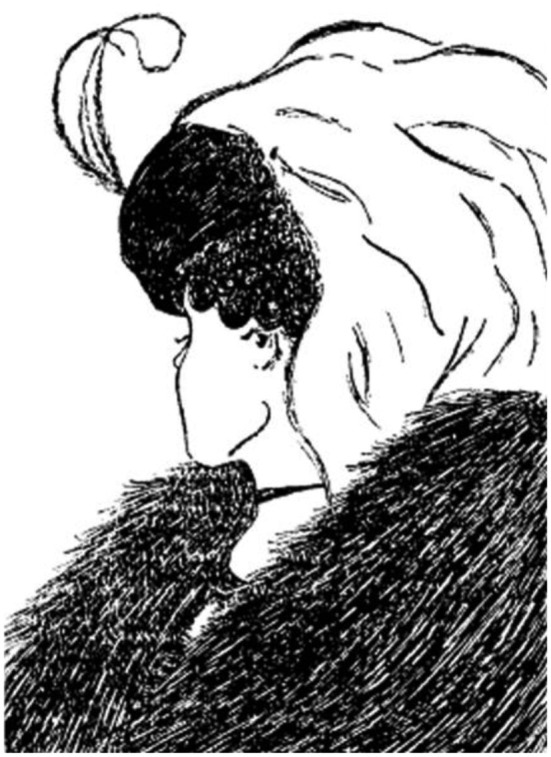psych - mod. 7
5.0(1)
5.0(1)
Card Sorting
1/31
Earn XP
Description and Tags
Study Analytics
Name | Mastery | Learn | Test | Matching | Spaced |
|---|
No study sessions yet.
32 Terms
1
New cards
sensation
sensory systems (eyes, ears, and other sensory organs) and the nervous system receive stimuli from our environment
2
New cards
bottom up processing
information processing that analyzes the raw stimuli entering through the many sensory systems
3
New cards
perception
process of organizing and interpreting incoming sensory information
4
New cards
top down processing
information processing that draws on expectations and experiences to interpret incoming sensory information
5
New cards
absolute threshold
minimum amount of difference needed to detect a particular stimulus (50% of the time)
Ex: the dimmest visible star in the sky would be right at the absolute threshold for vision because it is just barely bright enough for you to see
Ex: the dimmest visible star in the sky would be right at the absolute threshold for vision because it is just barely bright enough for you to see
6
New cards
difference threshold
the minimum amount of difference needed to detect that two stimuli are not the same
Ex: How much does the volume have to increase before you can tell that the music playing from your stereo has become louder
Ex: How much does the volume have to increase before you can tell that the music playing from your stereo has become louder
7
New cards
sensory adaptation
diminished sensitivity to constant and unchanging stimulation
Ex: When you dive into a swimming pool filled with cold water, at first it seems cold and then you get used to it.
Ex: When you dive into a swimming pool filled with cold water, at first it seems cold and then you get used to it.
8
New cards
selective attention
focusing conscious awareness on a particular stimulus to the exclusion of others
Ex: E.G. Boring’s old woman young woman drawing
Ex: E.G. Boring’s old woman young woman drawing

9
New cards
cornea
clear curved bulge on the front of the eye that bends light rays to begin focusing them
10
New cards
iris
a ring of muscle tissue that forms the colored portion of the eye and regulates the size of the pupil
11
New cards
pupil
the adjustable opening in the center of the iris, which controls the amount of light entering in the eye
12
New cards
lens
a transparent structure behind the pupil in the eye that changes shape to focus images on the retina
13
New cards
retina
the light-sensitive surface at the back of the eyeball
14
New cards
receptor cells
specialized cells in every sensory system of the body that can turn other kinds of energy into action potentials (neural impulses) that the brain can process
15
New cards
rods
visual receptor cells located in the retina that can detect only black, white, and gray
16
New cards
cones
visual receptor cells located in the retina that can detect sharp details and color
17
New cards
optic nerve
the nerve that carries visual information from the eye to occipital lobes of the brain
18
New cards
blind spot
the point at which the optic nerve travels through the retina to exit the eye; the lack of rods and cones at this point creates a small blind spot
19
New cards
trichromatic theory
theory of color vision that says cones are sensitive to red, green, or blue light--the three colors that combine to create millions of color combinations
20
New cards
opponent process theory
theory of color vision that says color is processed by cones organized in opponent pairs (red-green, yellow-blue, black-white); light that stimulates one half of the pair inhibits the other half
21
New cards
pitch
a sound’s highness or lowness, which depends on the frequency of the sound wave
22
New cards
cochlea
the major organ of hearing; a snail-shaped, bony, fluid-filled structure in the inner ear where sound waves are changed to neural impulses
23
New cards
hair cells
the receptor cells for hearing; these are located in the cochlea and are responsible for changing sound vibrations into neural impulses
24
New cards
auditory nerve
the nerve that carries sound info from the ears to the temporal lobes of the brain
25
New cards
taste
chemical sense; 5 different types of taste: salty, sweet, sour, bitter, and umami, sense of smell and taste are aligned
26
New cards
smell
processed by olfactory cells in our nasal passages, goes straight into the limbic system, a particle of it binds with the mucus
27
New cards
sensory interaction
one of your senses affect another sense, smell and taste influence one another
28
New cards
touch
* touch receptors on the skin
* four basic types of skin receptors: pain, warmth, cold, and pressure
* four basic types of skin receptors: pain, warmth, cold, and pressure
29
New cards
gate-control theory
our spinal cord contains neurological “gates” that either block pain or allow it to be sensed
30
New cards
pain control
can be controlled by many therapies, like drugs, surger, acupuncture, exercise, hypnosis, distraction
31
New cards
kinesthetic sense
the system for sensing the position and movement of individual body parts
32
New cards
vestibular sense
the system for sensing body orientation and balance, which is located in the semicircular canals of the inner ear